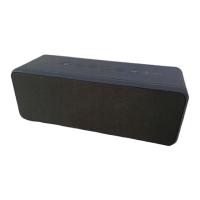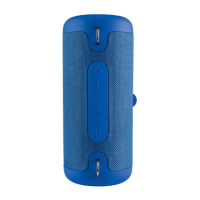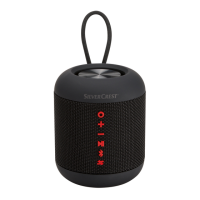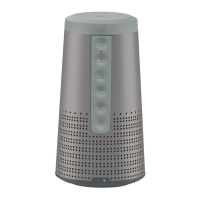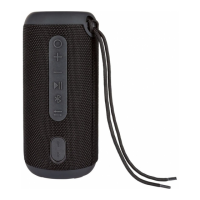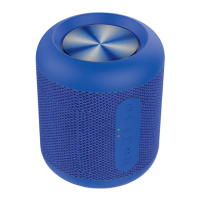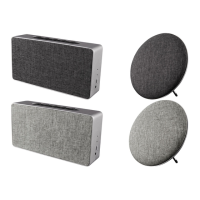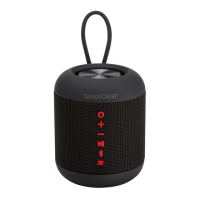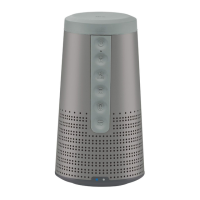GB
│
IE
│
NI
│
5 ■
SLXL 20 A1
■ Charge the device only in a dry environment.
■ The device may heat up while it is charging. Place the device in a well-
ventilated location during the charging process and do not cover it.
■ Do not operate or place the device close to open flames (e.g. candles).
■ Do not expose the device to direct sunlight or high temperatures.
Otherwise, it may become overheated and irreparably damaged.
■
WARNING! The device has an integrated lithium-ion battery.
Mishandling lithium-ion batteries can cause fires, explosions, leakage of
dangerous chemicals or other hazards! Do not throw the device into an
open fire.
■
WARNING! If you notice any unusual noises, a burning smell or smoke
coming from the device, turn off the power immediately and disconnect the
charger cable if connected. Have the device checked by a qualified specialist
before using it again.
Risk of hearing damage
DANGER
Risks due to extremely high volume levels!
Loud music can lead to hearing damage.
► Avoid listening to music at an extremely high volume, especially over long
periods of time, when using this device.
Notes on the radio interface
■ WARNING! Keep the device at least 20 cm away from a pacemaker or
implanted defibrillator, as the proper functioning of the pacemaker or the
implanted defibrillator could be affected by radio waves.
■ The transmitted radio waves can cause noise interference in hearing aids.
■ Do not use the device with the radio components switched on in the
presence of flammable gases or in a potentially explosive atmosphere
(e.g. in a paint shop), as the transmitted radio waves can cause an explosion
or ignite a fire.
■ The range of the radio waves is dependent on the environment and the
ambient conditions.
■ Data transmissions via a wireless connection can be intercepted by unauthorised
third parties.
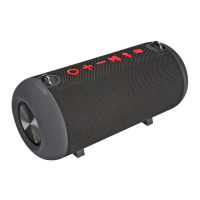
